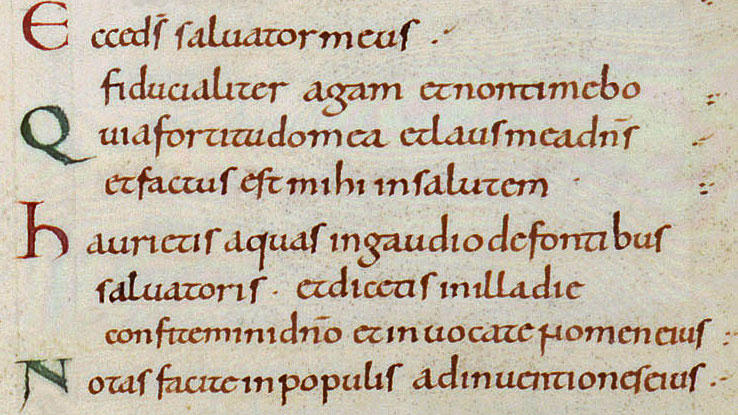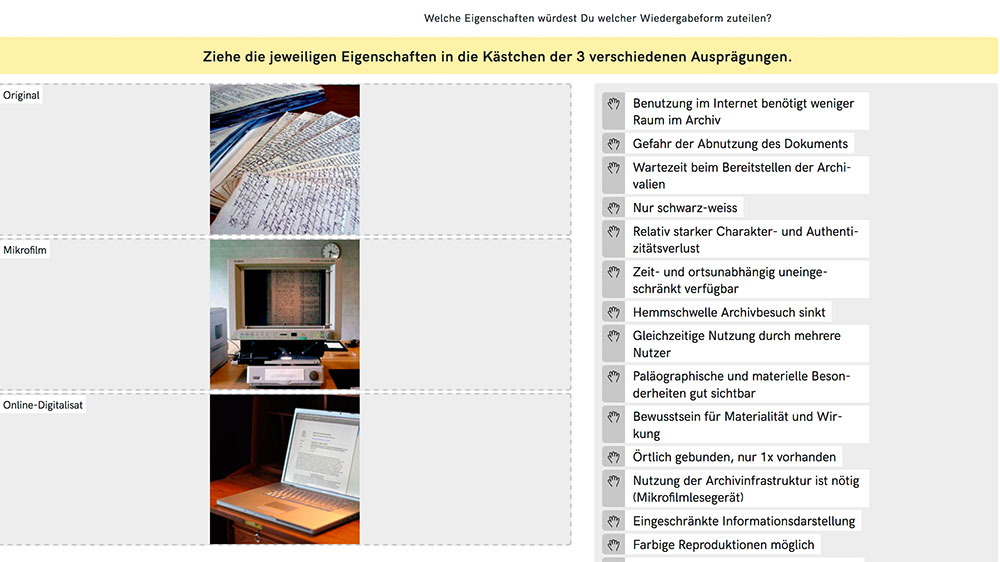Well Equipped for the Past

Ulrich Brandenberger is a prolific writer. He writes for his website WeiachBlog, which boasts over 1,300 articles. Brandenberger, a 51-year-old farmer, runs the site as part of a time-consuming hobby: For the past twenty years, he has been researching the history of Weiach, his home village near Zurich. He describes himself as an “unofficial local historian” who is interested in the development of Weiach from prehistoric times until today.
Unsurprising, then, that WeiachBlog features an incredibly wide range of topics: The contested year of the village’s founding in the 13th century, attempts to keep out the plague in the year 1720, and the activities of a soup kitchen in 1817 – to name but a few. Brandenberger is currently researching old field names in the village in preparation for an upcoming publication.
Delving into the history of Weiach has meant making frequent use of primary source documents, an approach that comes with challenges such as having to decipher old handwritten manuscripts. This is a skill that Brandenberger taught himself. “The University of Zurich’s Ad fontes eLearning tool was especially helpful to me,” he explains.
Getting to the source
Ad fontes – literally “to the sources” in Latin – has been online since 2002. The tool was developed by the Department of History at UZH to teach students of history and related subjects how to use archives and read handwritten historical sources. Ad fontes is also available free of charge to anyone outside the university with an interest in history. More than 30,000 people have used the tool to date.
Ad fontes was awarded the Medida-Prix, a prize for excellence in didactic media, when it was first launched 16 years ago. A new version has been online since this fall. It is even more comprehensive and user-friendly and has been given a technical upgrade. The content is divided into easy to digest sections with descriptive, well-written content and carefully selected illustrations.
Ad fontes has also now removed the requirement to create a user account – although you still can if you want to save your progress – making the platform even more accessible.
From papyrus to the photo archive
There is much to learn with Ad fontes: The platform offers an enormous treasure trove of information, ranging from the cultural history of paper to how to carry out research with electronic photo archives. However, the main focus is how to read, assess and date handwritten material from before 1800. Users can also learn how to locate documents in archives and analyze them.
Ad fontes combines theory and practice, using exercises and interactive feedback to target and strengthen the most important skills. The exercises make use of real-life archival materials from sources such as the Zurich State Archives and the Einsiedeln Cloister Archives.
The platform is set up so that learners can choose between systematically progressing through the topics or focusing on one specific area of inquiry. Learners can also make use of links to supplementary information and a comprehensive glossary with the most important terms. “We believe that the new version of Ad fontes will provide students, researchers and the public with an even more valuable source of knowledge,” says Tobias Hodel, who led the project in the Department of History.
A flexible approach to learning
Hobby historian and citizen scientist Ulrich Brandenberger values what Ad fontes has to offer. He will continue using the online tool, for instance to learn how to decipher certain historical manuscripts. “Since I am working it would be difficult for me to attend a course, but with Ad fontes I can acquire the skills I need on my own schedule,” says Brandenberger, who named a recent series of publications on Weiach’s local history “Wiachiana Fontes” in a show of appreciation for the platform.
